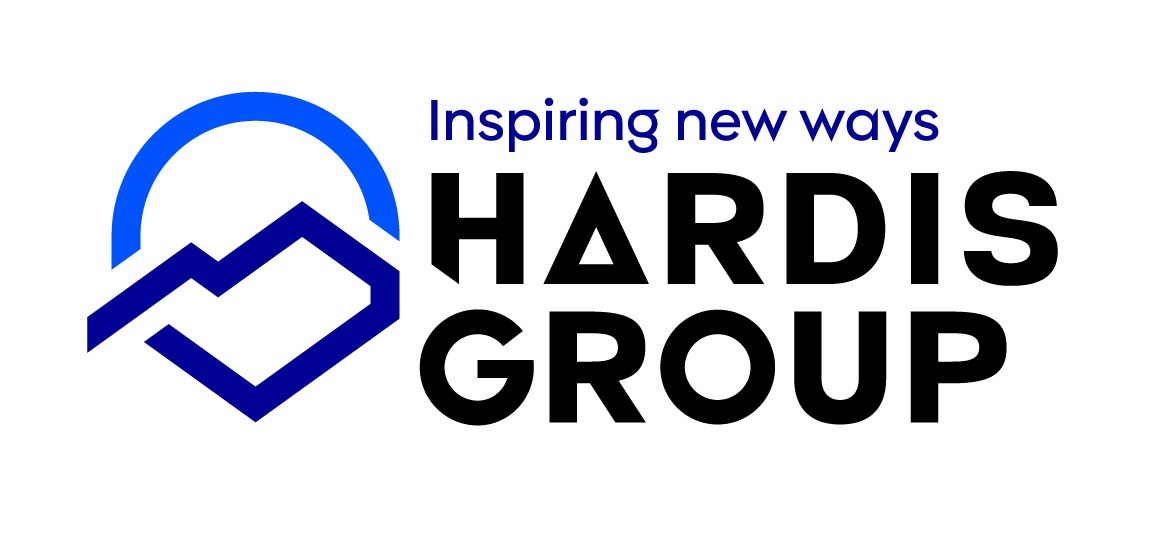CONTINUITY AND TRUST ARE THE KEYS TO SYSTEM SECURITY
This isn’t just a technical subject, because secure systems are vital to business continuity and innovation capability. Keeping your information systems protected is about keeping your operations running and your data flowing reliably. At Hardis Group, we’ll work with you to develop an appropriate strategy that combines protection, forward planning, and innovation. Drawing on our comprehensive approach to cybersecurity, we develop tailor-made solutions to keep enterprise infrastructure secure while supporting business performance.




